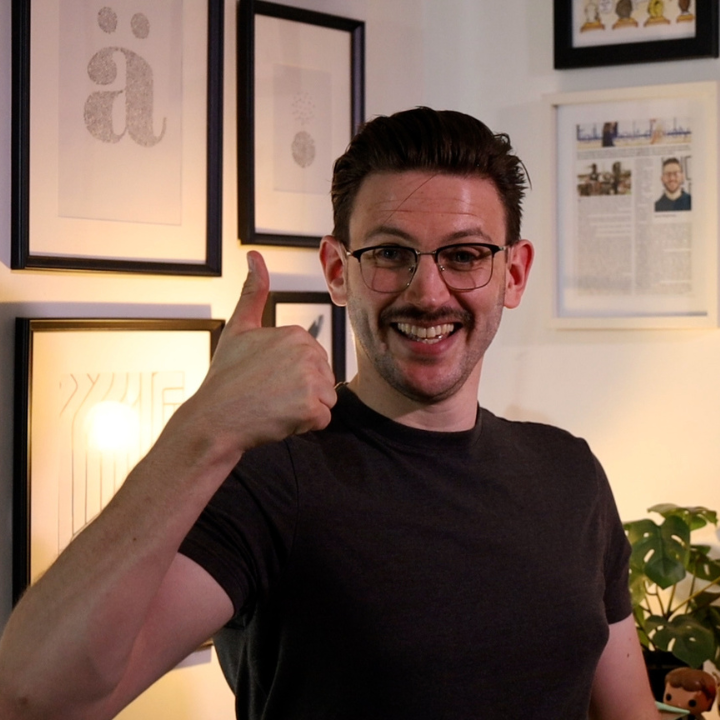Rebranding Safety with Peter Jenkins – Ep.3 – Safety branding

Overview
When you think of health and safety, do you picture clipboards, hard hats, and high-vis vests? You’re not alone. That’s exactly the problem. In this blog, we explore insights from the third and final episode of Risk Fluent’s “Rebranding Safety” podcast series with guest Peter Jenkins. Together, we dig into why the brand of safety feels outdated, how we can change it, and why it’s time to see safety as something human, not only a checklist.
Rebranding Safety with Peter Jenkins – Ep.3 – Safety branding
Let’s set the scene. You’re doing your job, maybe in construction, food, or a small business. Suddenly, a safety advisor walks in, gives you a rulebook, and vanishes. No explanation. No listening. Only more paperwork.
That’s the safety brand people often remember. It shouldn’t be. Real safety isn’t about rules for the sake of rules. It’s about protecting people, helping your business run better, and creating workplaces where everyone can thrive.
What’s Wrong With the Brand of Safety?
What do people really think when they hear “health and safety“?
Turns out, it’s complicated.
Even AI image generators show safety professionals as older white men in hi-vis and hard hats. The truth is, safety work is done every day by all sorts of people, office staff, operations managers, creatives, you name it.
That’s where things go wrong. People don’t see themselves in safety, they think it’s “not for them.”
6 Key Takeaways for You
1. Safety Is Everyone’s Job, Even If It’s Not Your Title
You don’t have to be a “Health & Safety Manager” to make a difference. Whether you’re stacking shelves, designing products, or managing people, you do safety every day.
2. The Brand Problem Comes From Bad Experiences
One poor experience with a “jobsworth” safety advisor can give a business owner or worker a long-lasting negative view. Many smaller companies have only ever worked with one or two professionals. If those people weren’t helpful or human, the damage sticks.
3. PPE Is Not the Hero
Too often, safety gets boiled down to “simply wear the right gear.” PPE is important, yes. However, it’s not the whole story. Safety should start way before someone needs a hard hat.
4. Safety Must Be Evidence-Based
Too many risk assessments feel like paperwork exercises. We need to study what really works, not simply tick boxes. New approaches such as “Plan, Do, Study, Act” (instead of “Check”) encourage real learning and improvement.
5. Consumers Could Drive the Change
What if your local café had a safety rating, such as a hygiene score? Would you still go if you knew their workers weren’t protected? Public awareness can push businesses to care more and do better.
6. We Need Better Education Routes
Most safety training is outdated. It doesn’t reflect what businesses or workers really need. A modern safety qualification should include soft skills, business awareness, and real-life thinking, not lists of hazards.
Safety Needs a Shake-Up
Safety shouldn’t be a barrier. It should be a bridge, helping workers feel confident, businesses grow sustainably, and teams make better choices. For that to happen, we must:
- Stop shouting rules. Start having real conversations.
- See safety as a value add, not a value blocker.
- Design systems with people in mind.
What Can You Do?
Whether you’re a safety pro or someone who cares:
✅ Speak up – share your thoughts on what works and what doesn’t.
✅ Ask questions – challenge poor practice and push for clarity.
✅ Support progress – look for partners who do safety with care, not control.
✅ Be human – because safety isn’t about checklists. It’s about people.
Final Thoughts
This podcast episode was more than a chat. It was a call to action. If we want safety to matter, it has to mean something to everyone, not to people with the title.
Let’s stop asking “how do we follow the rules?” and start asking:
“How do we keep people safe and let them do great work?”
That’s the Risk Fluent way.
Frequently Asked Questions (FAQs)
What qualifications do I need to start in health and safety?
Start with a Level 3 qualification like the NEBOSH General Certificate or an NVQ.
Can I transition to health and safety from another career?
Yes, many professionals transition from roles like operations management or the armed forces.
Is health and safety a stressful job?
It can be challenging, but the rewards often outweigh the stress.
How much can I earn in a health and safety role?
Entry-level salaries begin at around £25,000, with senior roles reaching £70,000 or more.
What industries offer the best opportunities in health and safety?
Construction, manufacturing, and energy sectors often have the most demand for health and safety professionals.
Ready to talk?
Let’s get together on a call to see where we can support you and add value to your business with structured health & safety consulting.
Let’s talk
For a quote, complete the form below and arrange a discovery call where we can chat though your requirements.

Has over 12 years of experience in safety and fire across various industries like healthcare, housing, and manufacturing. As the Managing Director at Risk Fluent and host of the “Rebranding Safety” podcast and YouTube channel, he is committed to making safety discussions engaging. James’s innovative approach and dedication to rebranding safety have made him a respected figure in the field.





